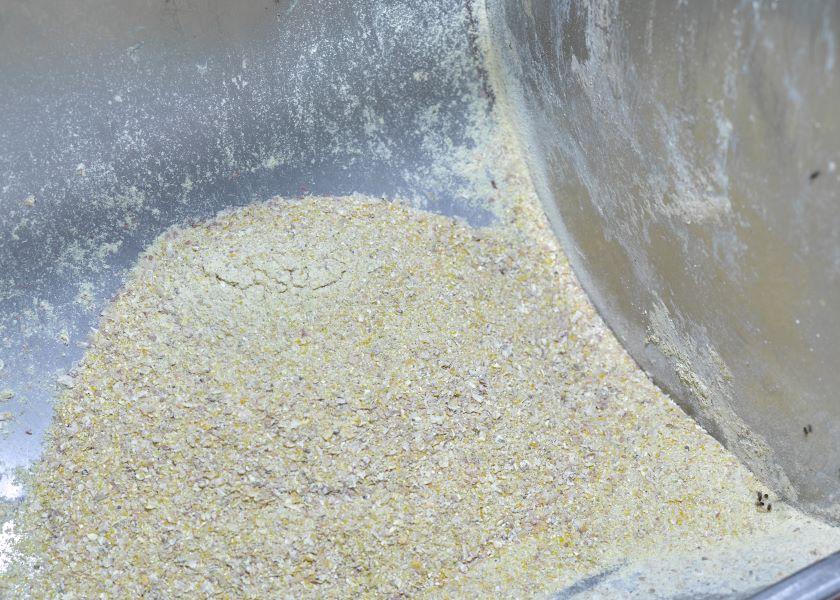Improve Feed Sampling Using K-State's New Resources

Though many miles may separate one operation from another, a feed mill might be the common denominator when it comes to a disease outbreak.
“The concept of feed safety or applying biosecurity to a feed mill and feed delivery system, has become more common in the swine industry to limit pathogen introduction into feed mills or production locations,” says Grace Houston, DVM, in a recent release.
Kansas State University’s Animal Sciences and Industry department recently updated its website to include new feed sampling resources.
“These resources were designed with the intent of meeting the industry's need for sampling resources of pathogens within feed mills,” Houston explains.
Implementing a sampling program to measure the amount of potential pathogen contamination within a feed mill is challenging given the uncertainty of sample size and minimal standardization for sampling techniques, says the release.
To help standardize the procedures and provide additional resources, K-State’s website topics include:
• How to take feed and environmental samples (bacterial and viral)
• How to log feed samples
• How to ship feed samples to a laboratory
• Appropriate sample sizes
• Sample types
• Where to collect samples
• How to interpret results from laboratory analysis
• Strategies to reduce contamination
Information is available to anyone in a variety of formats for free through the K-State website.







